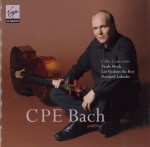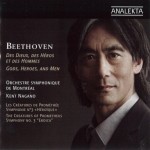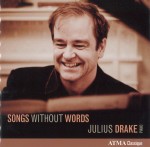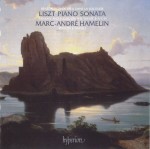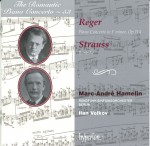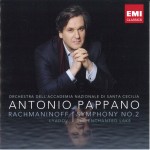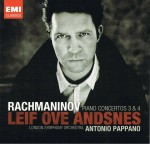Alexandre Tharaud plays Scarlatti
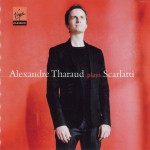 Alexandre Tharaud plays Scarlatti
Alexandre Tharaud plays Scarlatti
Alexandre Tharaud
Virgin Classics 50999 6420162 7
Squirreled away in the relative solitude of the royal courts of Portugal and Spain, Domenico Scarlatti (1685-1757) turned from the public world of opera championed by his father Alessandro and turned inward. He developed into a true maverick, absorbing the rich, lively sonic world of Iberia and creating a stream of musical miniatures of unprecedented originality. It is a delicate matter to chose from the hundreds (at least 555) of harpsichord sonatas that have come down to us. Alexandre Tharaud succeeds admirably with a judicious mix of the many sides of Scarlatti’s character, presenting 18 sonatas with a particular emphasis on the composer’s melodic gifts, so often overshadowed by his fascinating harmonic and motivic innovations.
Performances of these works on the modern piano present a challenge to the performer as articulations and dynamic levels unavailable on the harpsichord have to be re-invented. Undaunted, Tharaud shamelessly exploits the full resources of the piano, utilizing a wide dynamic range from the raucous to the introspective with a soupçon of tasteful ornamental spices and well-controlled pedaling. He brings an infectious enthusiasm to the more extroverted sonatas and conjures up wonderfully subtle tonal palettes for the more tranquil ones. I look forward to further instalments from the treasure trove of Scarlatti.
Recorded in Switzerland, Tharaud performs on a closely recorded, somewhat brittle sounding Yamaha piano which displays touches of distortion in the louder passages in my review copy.


